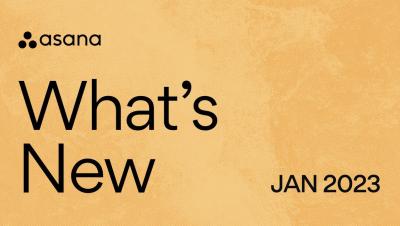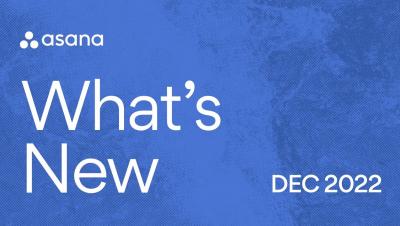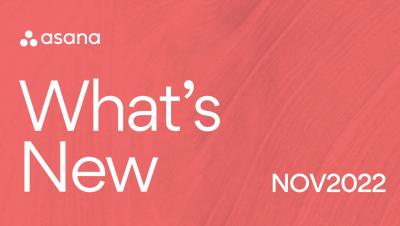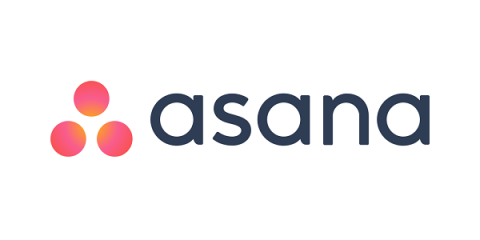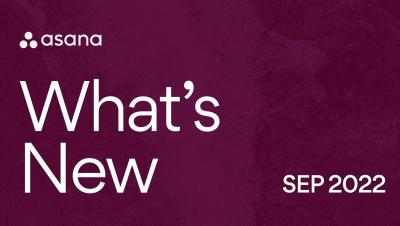Teams | Collaboration | Customer Service | Project Management
Asana
What's New in Asana | December 2022
What's New in Asana | November 2022
The inside story of how Figma made FigJam-and changed how we brainstorm forever
When Figma CEO Dylan Field gave his keynote at Config, the company’s annual design conference in April 2021, he took the opportunity to restate a core value. More than a year after Covid-19 sent millions into physical isolation, Field’s message carried new gravity: “Nothing great is made alone.” During his 22-minute presentation, he revealed that nine-year-old Figma was debuting a new product called FigJam. It felt particularly appropriate for the moment.
Enterprises could gain 33 working days per year by tackling inefficiencies and app overload
What's New in Asana | October 2022
Want to amplify your organization's productivity? Remember these three words.
Want to improve productivity? Start measuring things. As a large-company executive, your remit is to solve complex problems that span the business while giving your department heads a shared roadmap. As such, three words matter more now than they have in some time: Measure. Review. Incentivize. With swaths of employees returning to the office, there’s a real opportunity for managers to activate “all-in” strategies for teams to contribute to company growth.
What's New in Asana | September 2022
Three security tactics for every IT leader to consider this fall
Raise your hand if you know someone who’s fallen for a phishing scam. The ordeal often requires a few hours, several emails to tech support to regain control of the account, and finally, the reversal of credit card charges. Now imagine this happening to a colleague’s work email address. As an IT professional, you might have onboarded them into the company’s network, trained them on best practices, and worked with them regularly in the past.
CEO activism can attract the best talent. Here's why CEOs might want to avoid it.
The world has become increasingly politically polarized, and leaders of its biggest companies aren’t immune. When a CEO shares their view on a divisive issue—via a tweet, an op-ed, or monetary donation—they will create admirers and enemies. However, taking a stand is increasingly seen as a signal of their authentic character and, by extension, leadership style. Every CEO takes a risk when they become sociopolitically active, and that decision has downstream effects.


